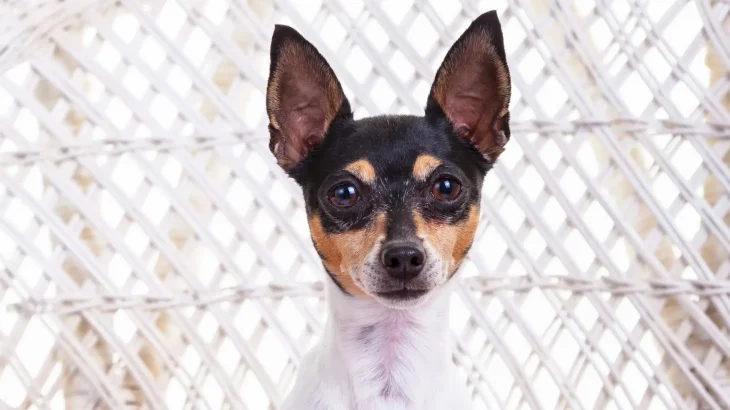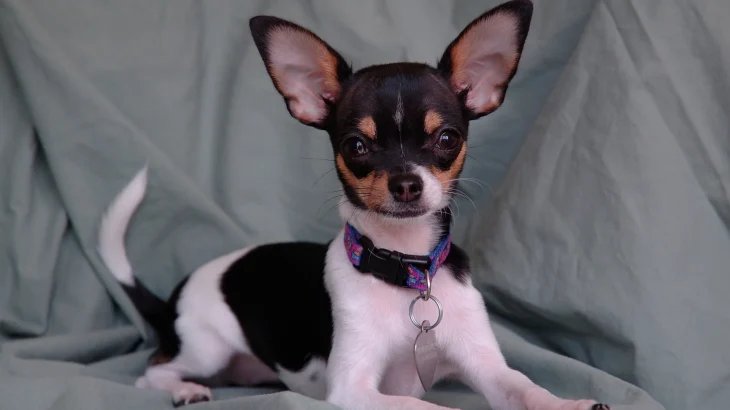Pet insurance is a wise choice for Toy Fox Terrier owners. This lively and generally healthy breed can face unexpected health issues or accidents leading to costly vet bills. Insurance helps cover expenses from accidents, illnesses, surgeries, and sometimes routine care, providing peace of mind. Owners should carefully review policy details. Alternatives like pet savings accounts or wellness plans exist, but insurance offers a safety net for unplanned events.
Health and Surgery Coverage
Insurance typically covers illnesses and injuries needing vet care, including surgeries, tests, hospital stays, and medications. This eases financial stress when sudden issues arise, like injuries during play. Pre-existing conditions and waiting periods are often excluded. Owners usually pay deductibles and part of treatment costs, varying by plan. Toy Fox Terriers may develop issues such as patellar luxation and dental problems, making coverage beneficial.
Liability Coverage
This protects owners if their dog causes injury or property damage. Though Toy Fox Terriers are small and friendly, any dog might bite or cause accidents. Liability coverage helps with legal fees and damages but often costs extra and isn't standard. Owners who frequent public places may find this coverage valuable.
Common Alternatives to Pet Insurance
Some owners prefer emergency savings or wellness plans covering routine care like vaccines and exams. These options suit healthy dogs or those paying out-of-pocket but typically don't cover major emergencies or ongoing conditions as well as insurance.
What Is Typically Covered vs. Owner's Expenses
Plans usually cover accidents and illnesses but exclude pre-existing and routine care unless added. Owners pay deductibles, co-pays, or part of costs above limits. For example, emergency surgery after toxin ingestion might be mostly covered, with owners sharing part of the cost. This setup keeps premiums manageable but requires budgeting for extras.
Advantages and Disadvantages of Pet Insurance
Insurance offers financial help, wider treatment options, and peace of mind, enabling owners to make prompt care decisions. Downsides include monthly premiums and complex coverage details. Some pay more in premiums than they claim, and claims processing can be slow. Still, for active or vulnerable Toy Fox Terriers, insurance is often a good investment.




















































